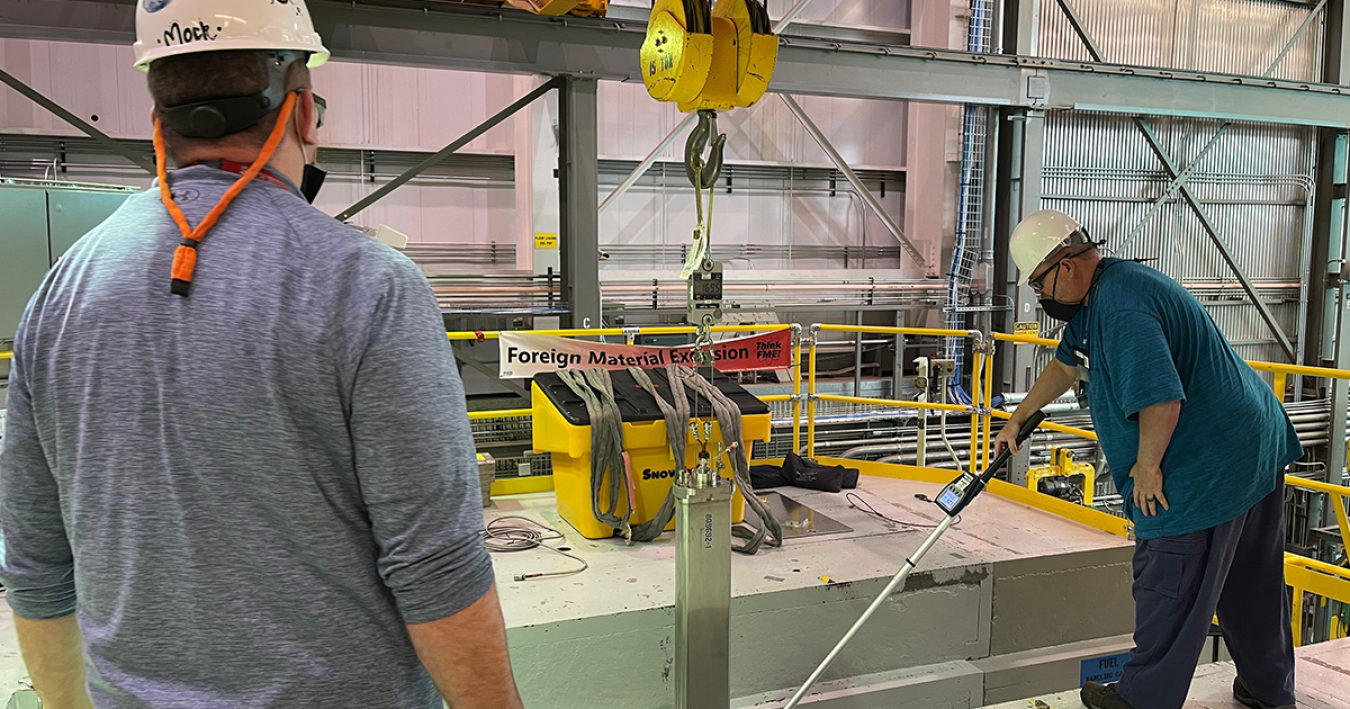 The US and Japan are undertaking a joint project to perform transient tests on fast reactor fuels. The experiments are part of a four-year cost-shared facility sharing initiative between the US Department of Energy (DOE) and Japan Atomic Energy Agency (JAEA) under the Civil Nuclear Energy Research and Development Working Group. The experiments will use a device developed by the Idaho National Laboratory (INL) that can test advanced reactor fuel experiments in its Transient Reactor Test (TREAT) Facility.
The US and Japan are undertaking a joint project to perform transient tests on fast reactor fuels. The experiments are part of a four-year cost-shared facility sharing initiative between the US Department of Energy (DOE) and Japan Atomic Energy Agency (JAEA) under the Civil Nuclear Energy Research and Development Working Group. The experiments will use a device developed by the Idaho National Laboratory (INL) that can test advanced reactor fuel experiments in its Transient Reactor Test (TREAT) Facility.
INL recently completed initial testing on the specialised device that houses fuel experiments in TREAT where it can mimic the conditions of fast reactors during postulated accident conditions. The device is equipped with the instrumentation required to monitor the fuel’s real-time response to these conditions.
INL repurposed fresh legacy fuel pins from its former EBR-II reactor for experimental commissioning tests. The Experimental Breeder Reactor-II (EBR-II) is a decommissioned sodium-cooled reactor at INL that once operated with a thermal power rating of 62.5 MW, an intermediate closed loop of secondary sodium, and a steam plant that produced 19 MW of electrical power through a conventional turbine generator.
Researchers are now shifting their focus to transient experiments on high-burnup materials archived from historic irradiation testing in EBR-II. These tests include mixed oxide fuel used by Japanese and French fast reactor designs, and metallic alloy fuel preferred by the US.
DOE says the irradiated transient experiments will be the first of their kind in more than 20 years. INL’s capsule also brings new testing capabilities to TREAT that will help advance fuel performance research for sodium-cooled fast reactors.
Japan and the US previously performed tests on high-burnup fast reactor fuels in the late 1980s before EBR-II shut down and TREAT was placed on standby in 1994. DOE later restarted TREAT in 2017 to bring transient testing capability back to the US to support the development and qualification of emerging nuclear fuel and reactor technologies.
TREAT is one of just a handful of reactors in the world designed specifically to bring nuclear fuels to failure in a controlled environment. The test reactor produces sudden bursts of energy, known as transients, that are five times more powerful than a commercial power plant to allow scientists to examine fuel performance.
INL is currently working to load the first of four irradiated fuel experiments into TREAT. The first transient test is expected to start in February. The lab expects to complete the first three DOE/JAEA fuel experiments by early spring and complete testing before the end of next year.
Image: THOR experiment in Broad Use Specimen Transient Experiment Rig (BUSTER) being loaded into the TREAT reactor for transient testing (courtesy of Idaho National Laboratory)






